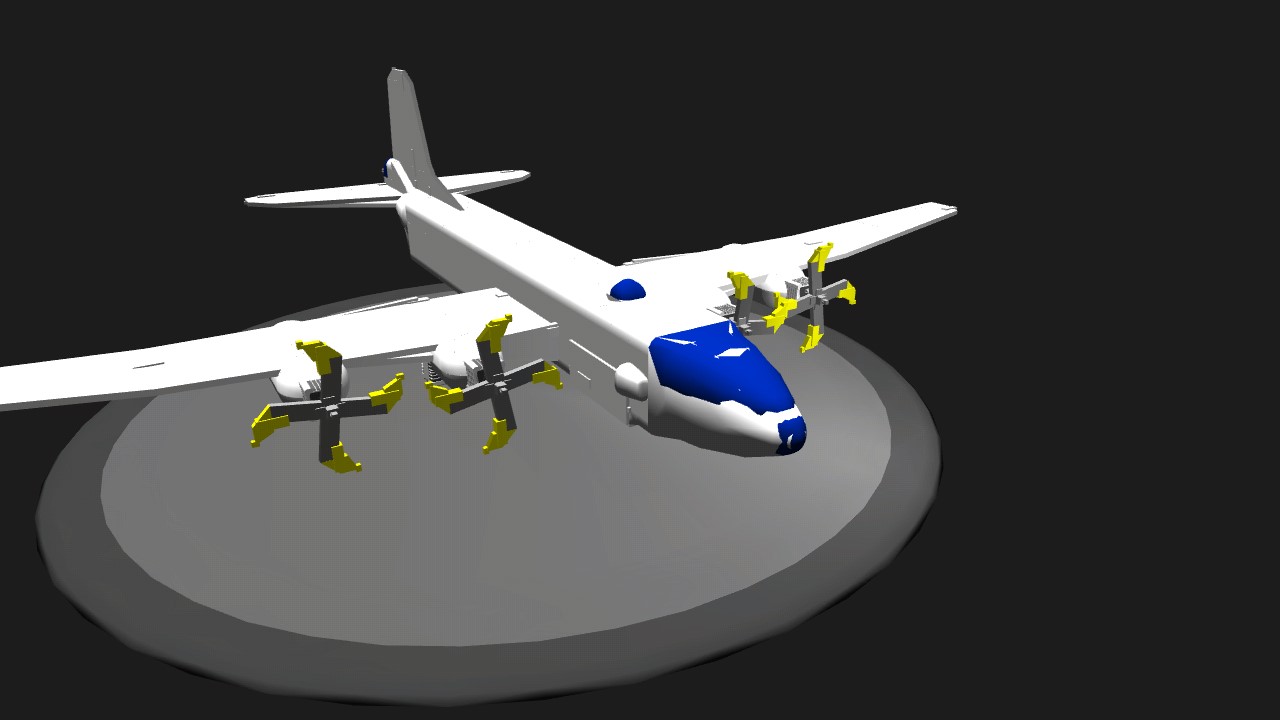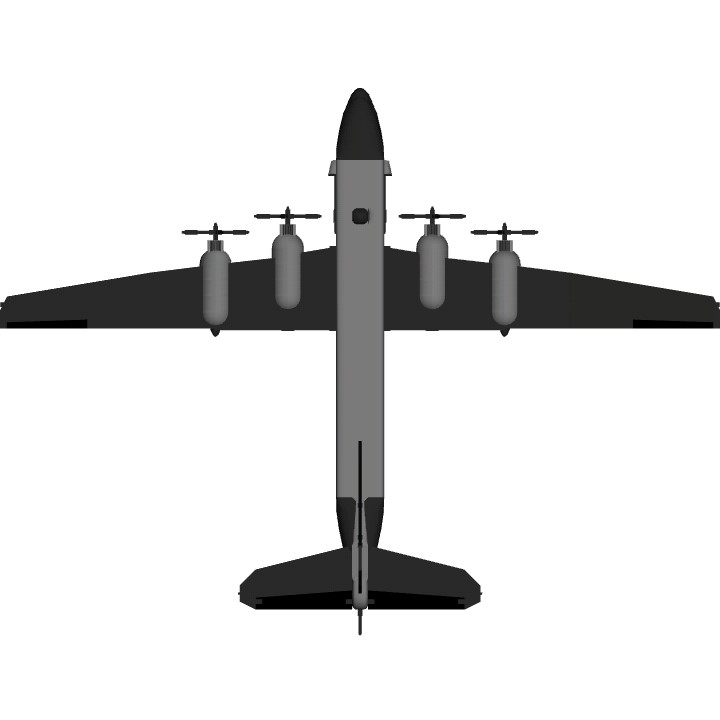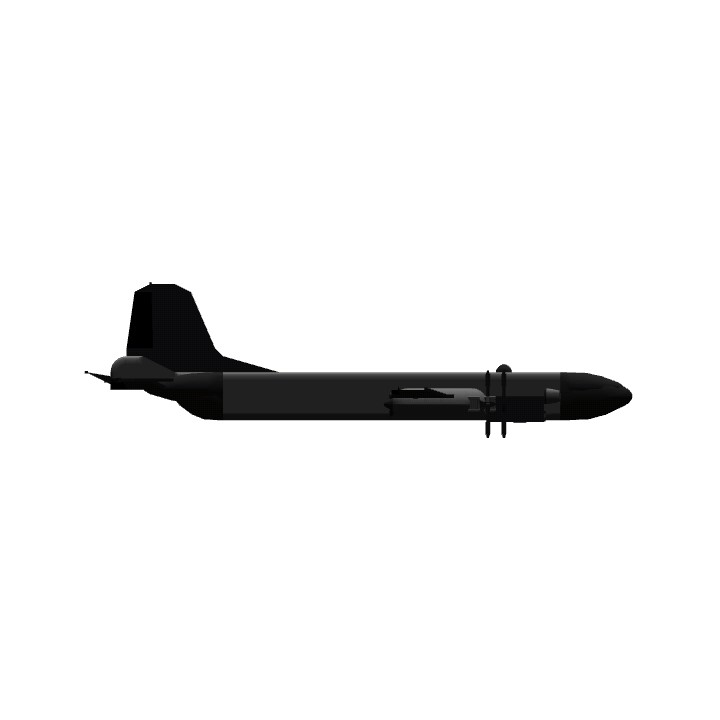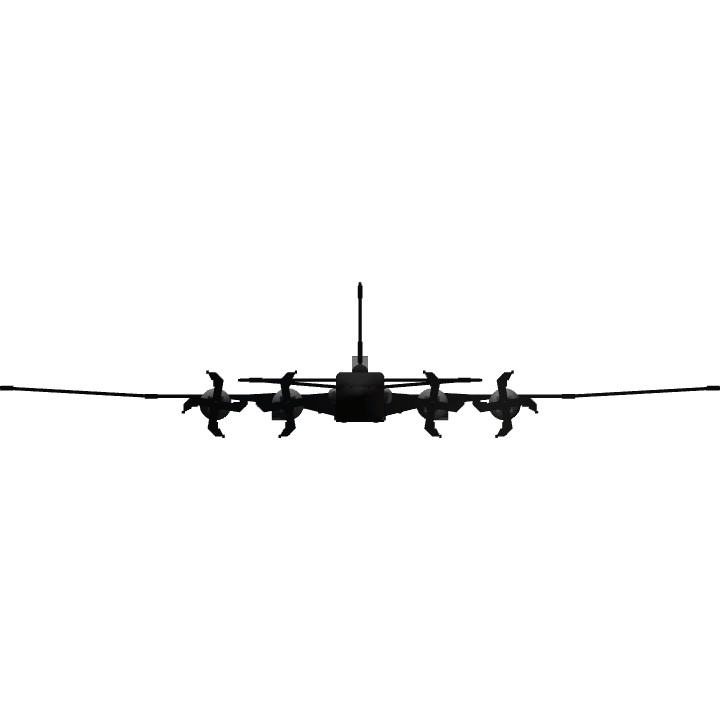The Boeing B-29 Superfortress is a four-engine propeller-driven heavy bomber designed by Boeing that was flown primarily by the United States toward the end of World War II and during the Korean War. It was one of the largest aircraft to have seen service during World War II and a very advanced bomber for its time, with features such as a pressurized cabin, an electronic fire-control system, and a quartet of remote-controlled machine-gun turrets operated by the fire-control system in addition to its defensive tail gun installation. The name "Superfortress" was derived from that of its well-known predecessor, the B-17 Flying Fortress. Although designed as a high-altitude strategic bomber, and initially used in this role against the Empire of Japan, these attacks proved to be disappointing; as a result the B-29 became the primary aircraft used in the American firebombing campaign, and was used extensively in low-altitude night-time incendiary bombing missions. One of the B-29's final roles during World War II was carrying out the atomic bomb attacks on Hiroshima and Nagasaki.Due to the B-29's highly advanced design for its time, unlike many other World War II-era bombers, the Superfortress remained in service long after the war ended, with a few even being employed as flying television transmitters for the Stratovision company. The B-29 served in various roles throughout the 1950s. The Royal Air Force flew the B-29 and used the name Washington for the type, replacing them in 1953 with the Canberra jet bomber, and the Soviet Union produced an unlicensed reverse-engineered copy as the Tupolev Tu-4. The B-29 was the progenitor of a series of Boeing-built bombers, transports, tankers, reconnaissance aircraft and trainers including the B-50 Superfortress (the first aircraft to fly around the world non-stop) which was essentially a re-engined B-29. The type was finally retired in the early 1960s, with 3,970 aircraft in all built. While dozens of B-29s have survived through
Specifications
General Characteristics
- Created On iOS
- Wingspan 73.6ft (22.4m)
- Length 55.6ft (17.0m)
- Height 15.3ft (4.7m)
- Empty Weight 11,757lbs (5,333kg)
- Loaded Weight 19,668lbs (8,921kg)
Performance
- Power/Weight Ratio 0.685
- Wing Loading 19.1lbs/ft2 (93.1kg/m2)
- Wing Area 1,031.6ft2 (95.8m2)
- Drag Points 7358
Parts
- Number of Parts 392
- Control Surfaces 7
- Performance Cost 923
- Log in to leave a comment
-
2,528 planelover400Your welcome9.9 years ago
-
12.5k NotapierThanks @planelover4009.9 years ago
-
2,528 planelover400Awesome!!!9.9 years ago




